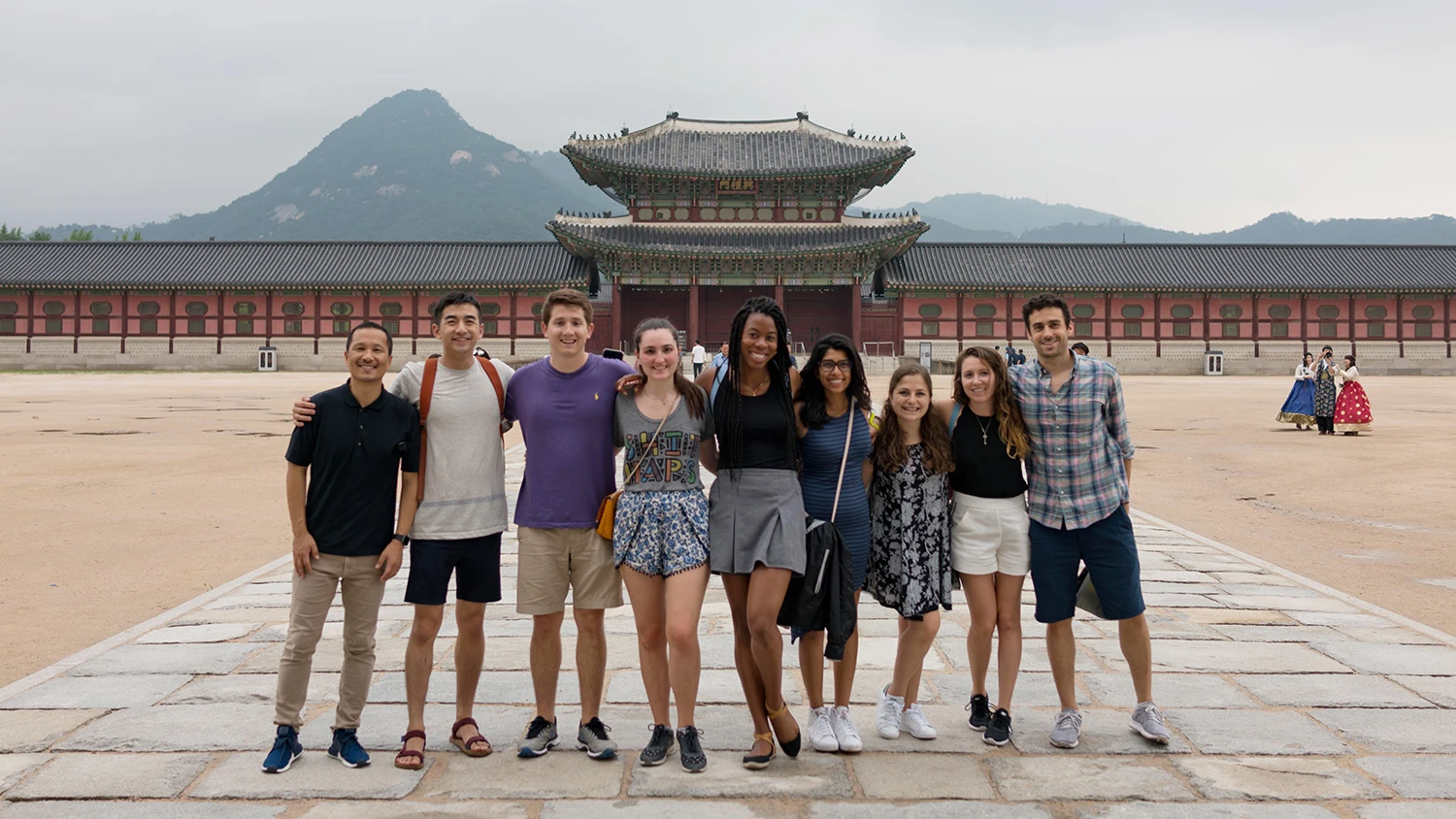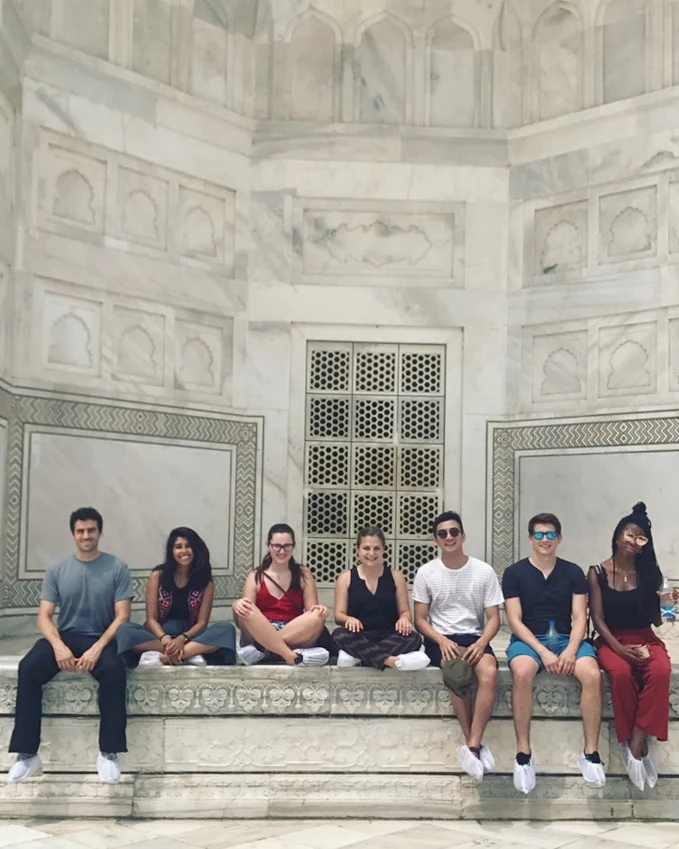A year ago, I graduated from New York University, where I’d studied computer science. Not long after graduation, I moved to San Francisco to begin my job at Twitter as an associate product manager (APM). The role is part of a program that allows new graduates to break into the world of product management straight out of school. At the time, I never imagined just how much I’d be able to learn and experience about the world in less than a year’s time.
A product manager sits at the intersection of engineering, design, research, and marketing, to bridge gaps between roles and drive tangible changes on a platform. We launch products. Originally, product managers were more senior employees who started out as software engineers and transitioned into the role. But in recent years, the technology industry has used APM programs to make product management accessible to new graduates as well to help shape future product leaders from the get-go. Marissa Mayer started the first of these programs at Google in the early 2000s, and now many tech companies, including Twitter, have adopted them. New grads spend two years in the program, rotating into different teams, receiving mentorship from more senior product managers, and, often, traveling around the world.
APM trips offer new perspectives and insights on the global technology landscape and are crucial to help product developers work more inclusively and better understand international markets. This summer, Twitter’s APM group traveled to Japan, Korea, and India to learn more about the cultural and social norms of these country’s communities and how technology can shape lives. We met with coworkers in our international offices, visited various consumer technology companies in each location, and participated in activities where we could learn about the history and culture of the places we were visiting. Most notably, the APMs partnered very closely with Twitter’s user research team, allowing us to participate in numerous intimate and extremely valuable user research sessions. By sitting down with Twitter users in these three countries, we were able to learn quite a bit.

From Photo Booths To K-Pop
On one of our first days in Japan, I found myself standing in front of a photo booth, waiting for images of myself and my coworkers to be printed. When they finally came out, I couldn’t help but cringe and laugh at the result: my dark skin was notably lightened, my eyes were huge, my cheeks were rosy and the images were littered with adorable stickers. This was a purikura (photo booth) shop in Harajuku, which is one of the hottest photo-booth destinations in Tokyo. The filters on the photos are mildly reminiscent of face filters common in messaging apps used in the U.S. Of course, Japanese photo booths pre-date mobile application filters by decades, and have been popular for just as long.

Playing around with the purikura machines helped me realize firsthand how important Japan’s emphasis on cuteness is in the country’s products and marketing. Producers of Japanese products know what locals perceive to be cute, how to create this cuteness, how it evolves, and most importantly, how to sell it. This extremely precise understanding of the market leads to very focused product development. Through experiencing it myself, I learned that by understanding cultural norms, you’re better prepared to build successful products.

One evening in Bangalore, our team was eating cake and sipping chai tea with Jesar Shah, another Twitter APM, and her cousins at her family’s home. We talked a bit with Jesar’s cousins about the apps they use, how they keep in touch with friends and family, the order in which they open applications in the morning, and which apps they use only when bored. We were all relatively close in age, and found some overlapping patterns as well as clear distinctions in our consumer product usage. For example, while many people in India rely on WhatsApp as their primary way to communicate, most of the U.S.-based APMs barely use it at all.

How The World Works
While we traveled, I felt incredibly fortunate to discover more about how people use technology in other parts of the world as part of my job. Michelle Galemmo, another APM at Twitter, mentioned in a tweetstorm:
As the APM trip comes to an end, I am so grateful to have had the opportunity to enrich myself in the worlds of our users. From Japan to Korea to India, meeting your users in person, deepening your understanding of their cultural context and daily life, learning about their needs, problems, and priorities has widened my perspective of what Twitter is, what Twitter needs, and where it can go.
As a product developer, it’s my job to keep in mind the lives of millions of people that I will never meet when I make decisions about how a product should work. For me, this responsibility is a call for diversity in product management, because only by mixing ideas from a variety of backgrounds can we realistically build, and build well, for all different kinds of users.
Just a year ago, I had no idea that I’d ever be walking down Myeongdong Shopping Street in South Korea, one of the biggest beauty destinations of the world, as part of a cultural experience to help me learn more about the kinds of lives and industries I may be able to impact through technology. I had no idea what a purikura machine was, or just how closely some people track their every move on their phones to not go over their data plan. Each of these new learnings is a lesson in change, cultural understanding, and being a better product manager. In the U.S., the technology industry is breaking barriers, but we’ll always have a lot to learn about how the rest of the world works.
Recognize your brand’s excellence by applying to this year’s Brands That Matter Awards before the early-rate deadline, May 3.
